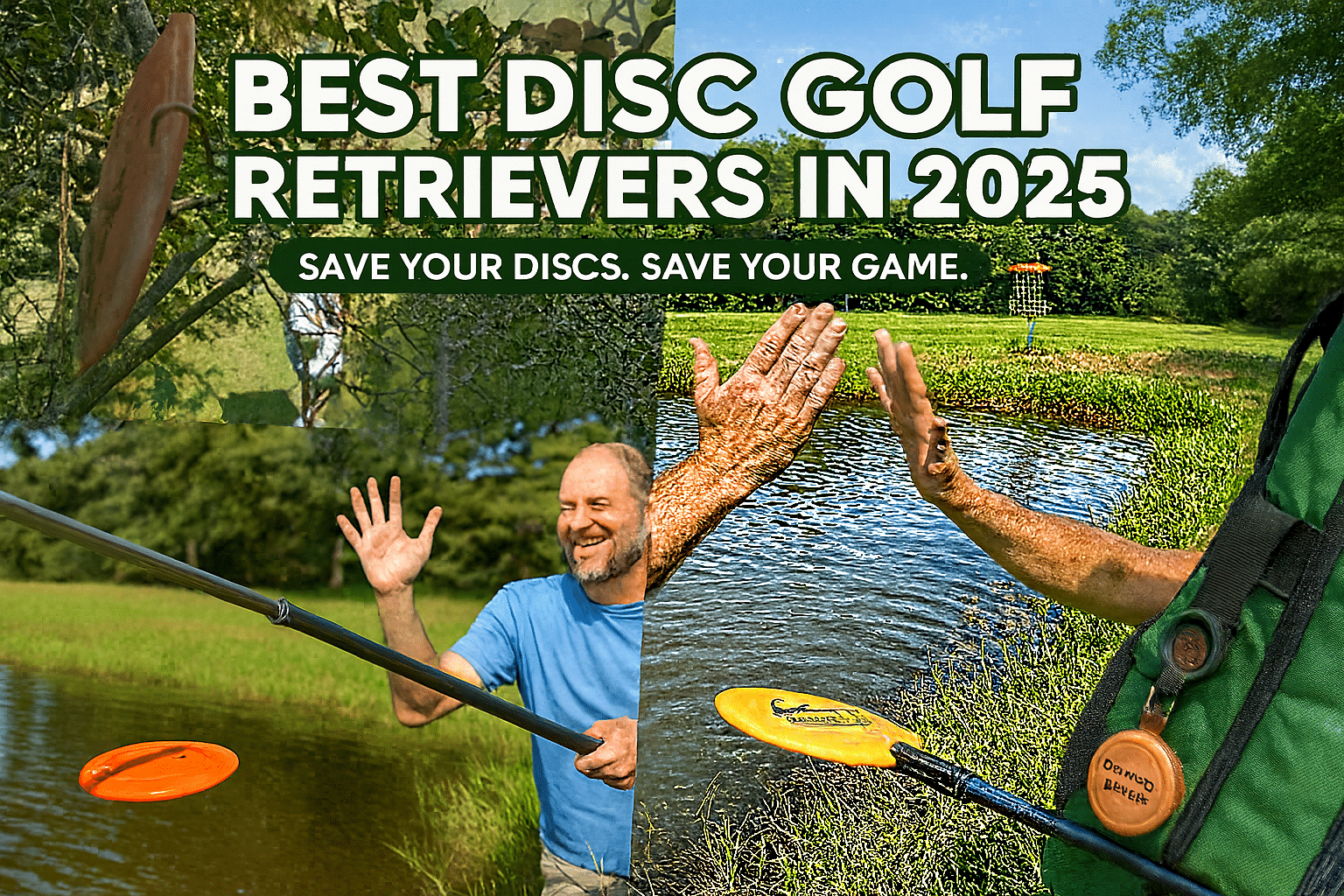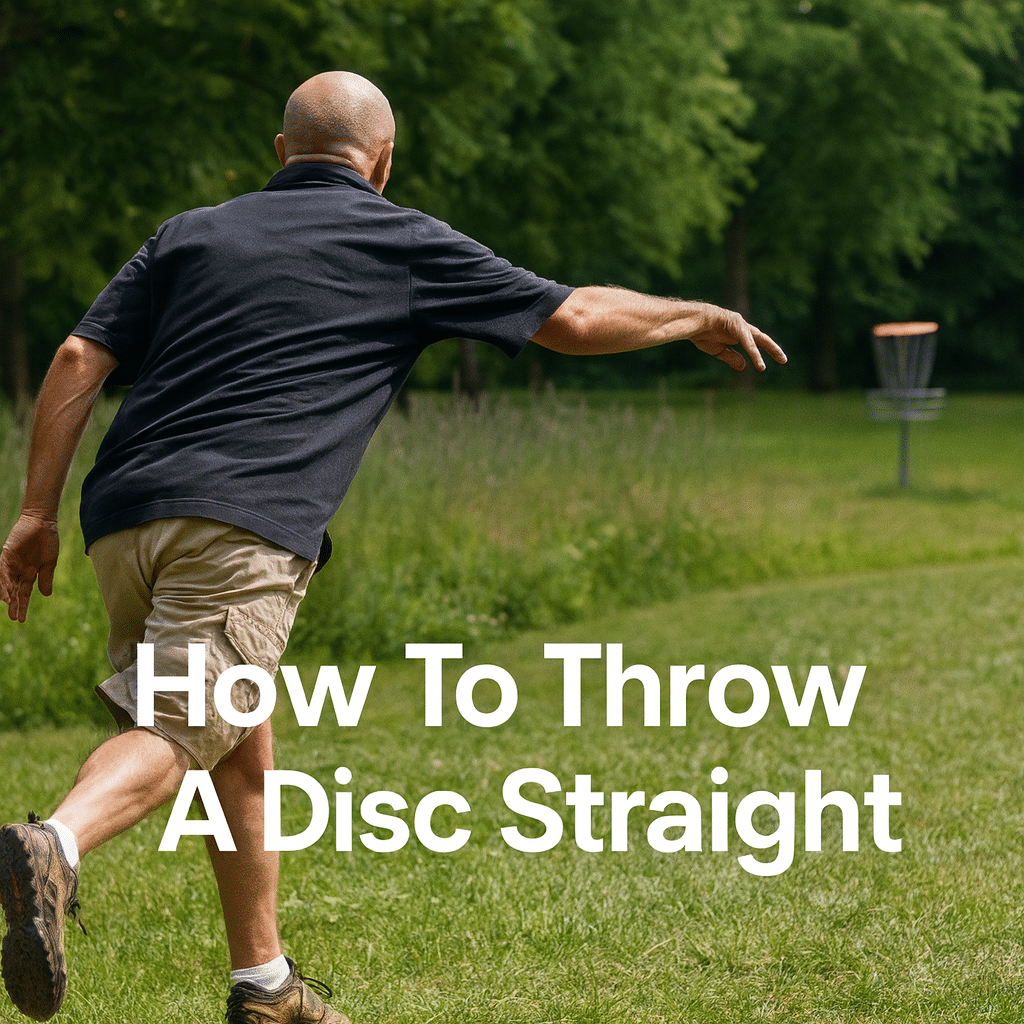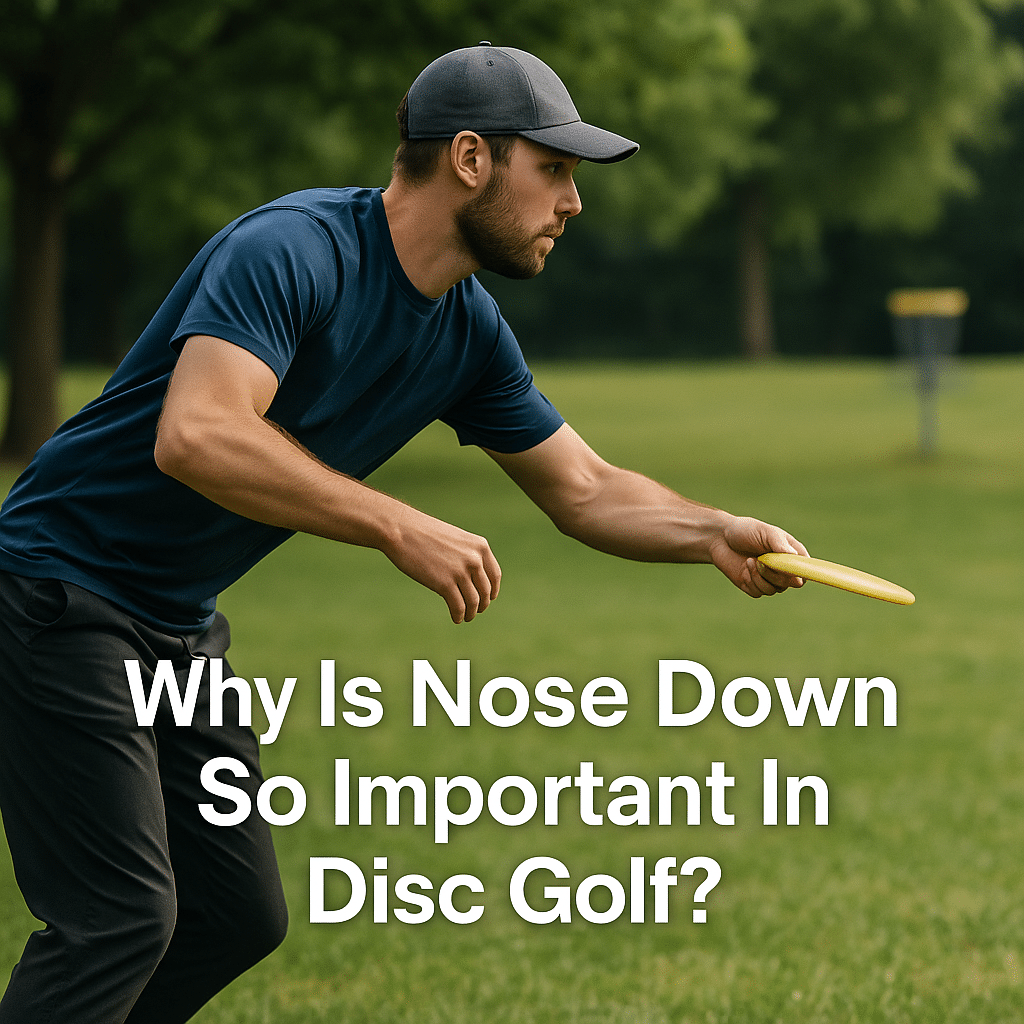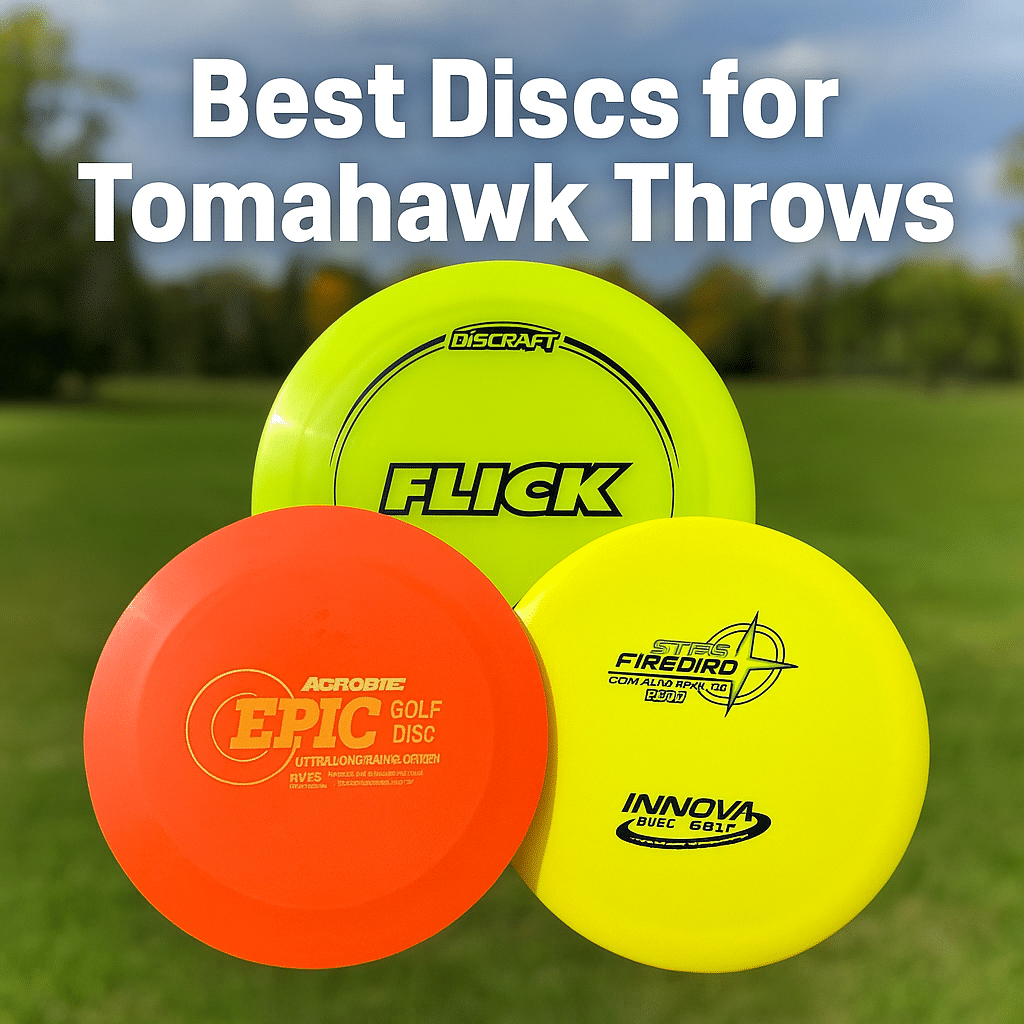
Sometimes you end up in tough spots on the course—blocked by trees, needing a steep angle, or just looking for a controlled landing zone. That’s where the tomahawk throw comes in. It’s an overhand shot that can get you out of trouble and put your disc exactly where you want it. But like any specialty shot, the disc you choose makes a huge difference. In this guide, I’ll go over the best discs for tomahawk throws and when to pull them out of your bag.
Best Discs for Tomahawk Throws
Aerobie Epic (Speed: 11 | Glide: 3 | Turn: -2 | Fade: 4)
 The Epic is unlike anything else in disc golf. It was built with an uneven rim shape specifically to extend overhand distance. You actually bend the disc slightly before throwing it, which makes the flight ratings a little misleading. It’s a quirky mold and not for everyone, but if you want to experiment with a disc made for tomahawks, the Epic is worth testing.
The Epic is unlike anything else in disc golf. It was built with an uneven rim shape specifically to extend overhand distance. You actually bend the disc slightly before throwing it, which makes the flight ratings a little misleading. It’s a quirky mold and not for everyone, but if you want to experiment with a disc made for tomahawks, the Epic is worth testing.
Latitude 64 XXX (Speed: 7 | Glide: 3 | Turn: 0 | Fade: 4)
The XXX has long been a favorite for overhand shots and even held the distance record for a tomahawk throw. It’s a super overstable fairway driver that feels like it was designed for overhand lines. If you need raw distance and predictability, this is one of the most trusted options out there.
Innova Firebird (Speed: 9 | Glide: 3 | Turn: 0 | Fade: 4)
The Firebird is one of the most versatile overstable drivers ever made. Players already rely on it for hyzers, skip shots, and spike hyzers—but it doubles as a fantastic tomahawk disc. If you throw Innova, this is the easy choice for your bag’s overhand slot.
Discraft Flick (Speed: 12 | Glide: 3 | Turn: 1 | Fade: 5)
The Flick is well-known as a forehand bomber, but it shines just as much for tomahawk throws. It’s flat, overstable, and slices through the air with a clean, predictable barrel roll. If you like pairing forehands and overhands, this disc is a natural fit.
Dynamic Discs Felon (Speed: 9 | Glide: 3 | Turn: 0.5 | Fade: 4)
The Felon feels like it was made for utility shots. It’s overstable enough to trust in the wind, but workable enough for different angles. Overhands, flex lines, spike hyzers—it handles them all. For overhand players, this disc is a must-try.
What Is the Tomahawk Throw?
The tomahawk is an overhand throw with a motion similar to a baseball pitch. The disc is held vertically with the flight plate facing you, opposite of a thumber where the plate faces away. It’s one of the most effective ways to get over obstacles or drop a disc in with precision.
When Should You Use a Tomahawk?
- Accuracy: You can drop a disc on a target with pinpoint control.
- Over Obstacles: Perfect for clearing tall trees or tight gaps.
- Utility Shots: Great for scrambling out of tough lies.
- Finish Control: Right-handed players get a corkscrew finish right-to-left, while lefties see the opposite.
What Makes a Great Tomahawk Disc?
Most players find success with overstable fairway drivers or slower distance drivers. These discs stay in the air longer during the barrel roll, which adds distance and control. Understable discs can also work, especially in the woods or for shorter, tighter gaps—they roll quicker and get back to the ground faster.
Final Thoughts
Adding a tomahawk throw to your game gives you one more tool for tough situations. Whether you’re aiming for pinpoint accuracy or just need to clear a wall of trees, the right disc makes all the difference. Try out one of the overstable drivers on this list and you’ll see why the tomahawk is such a reliable scramble shot.

 The Firebird is one of the most versatile overstable drivers ever made. Players already rely on it for hyzers, skip shots, and spike hyzers—but it doubles as a fantastic tomahawk disc. If you throw Innova, this is the easy choice for your bag’s overhand slot.
The Firebird is one of the most versatile overstable drivers ever made. Players already rely on it for hyzers, skip shots, and spike hyzers—but it doubles as a fantastic tomahawk disc. If you throw Innova, this is the easy choice for your bag’s overhand slot. The Felon feels like it was made for utility shots. It’s overstable enough to trust in the wind, but workable enough for different angles. Overhands, flex lines, spike hyzers—it handles them all. For overhand players, this disc is a must-try.
The Felon feels like it was made for utility shots. It’s overstable enough to trust in the wind, but workable enough for different angles. Overhands, flex lines, spike hyzers—it handles them all. For overhand players, this disc is a must-try.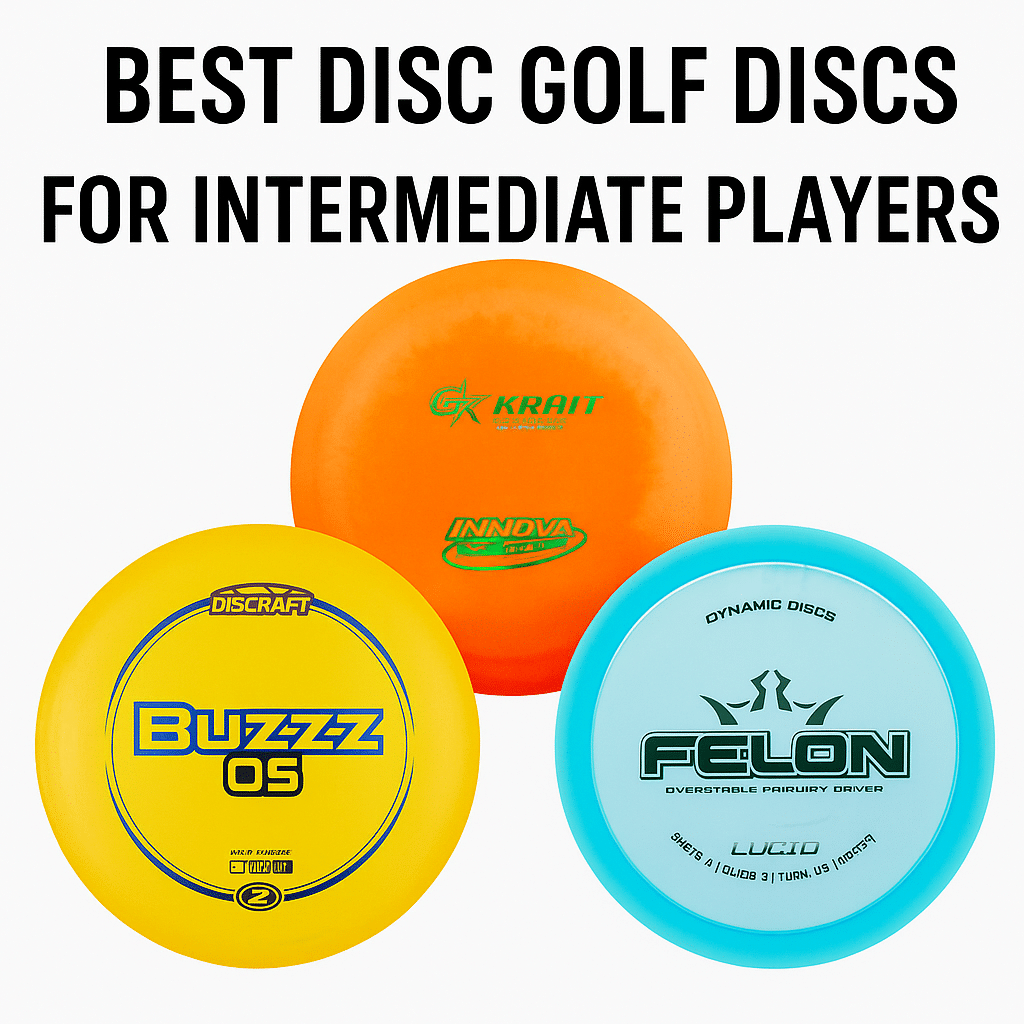





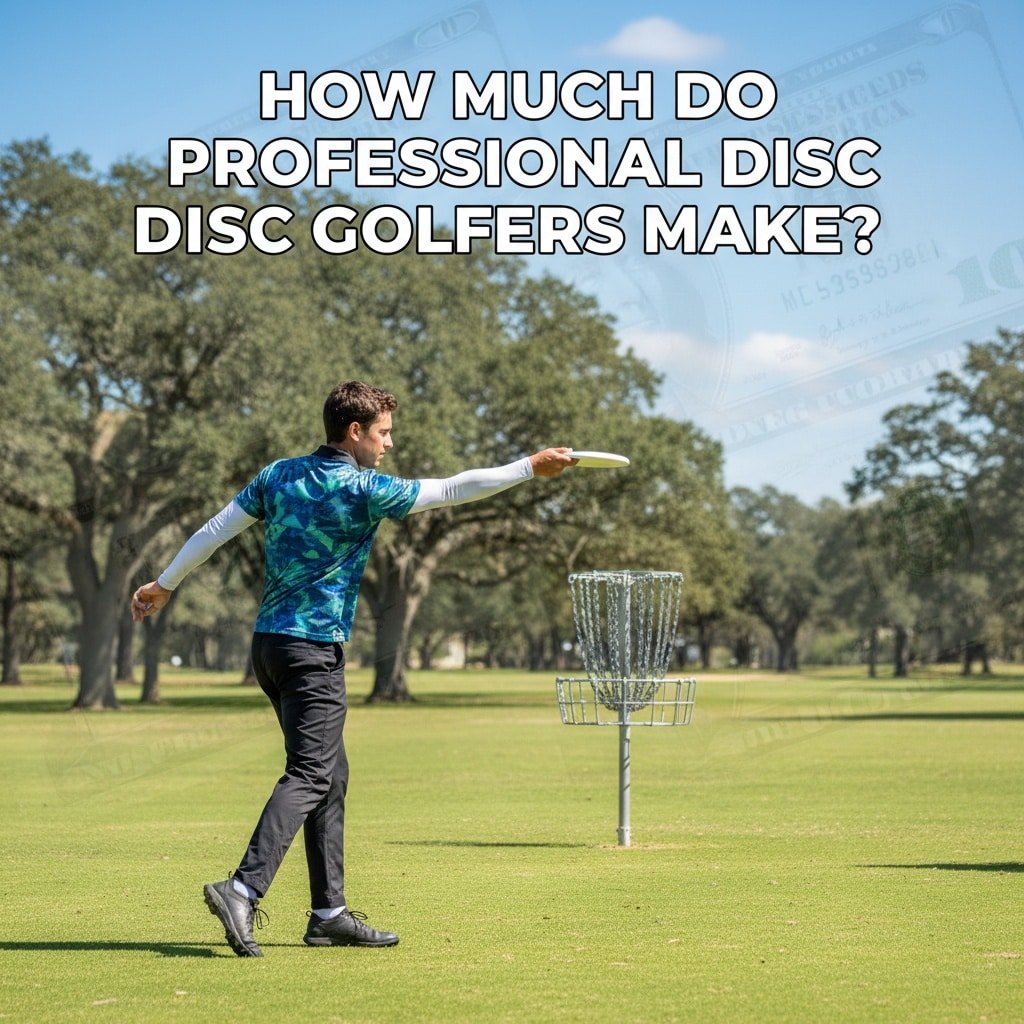


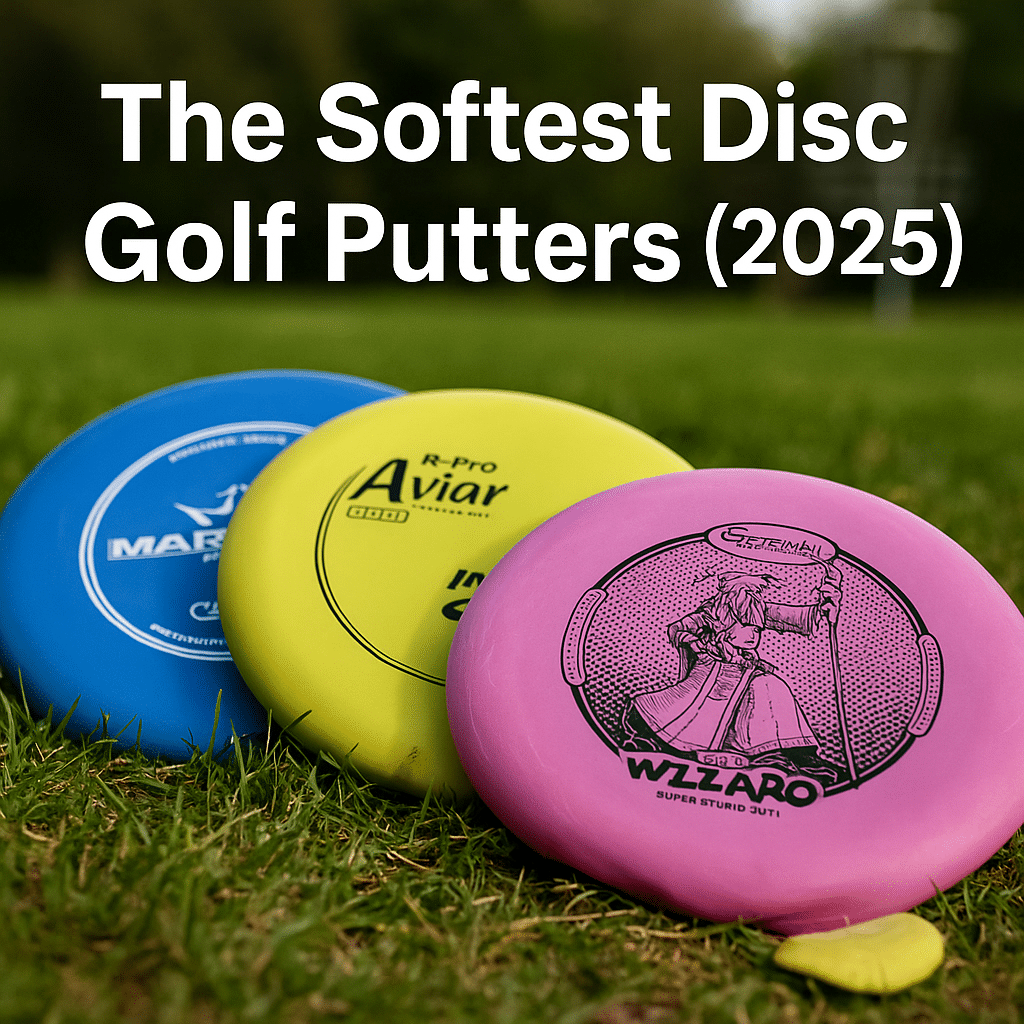
 If you want maximum grip and minimal ground play, the
If you want maximum grip and minimal ground play, the 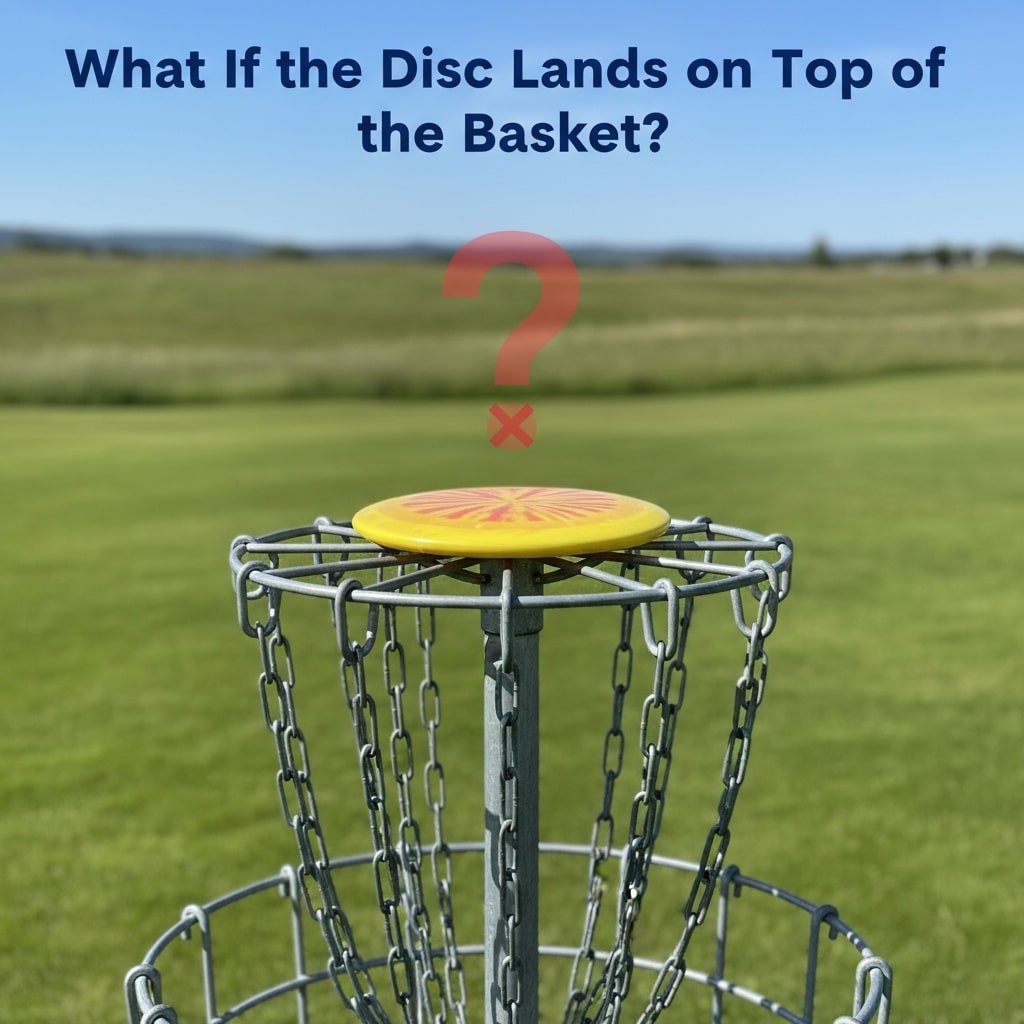
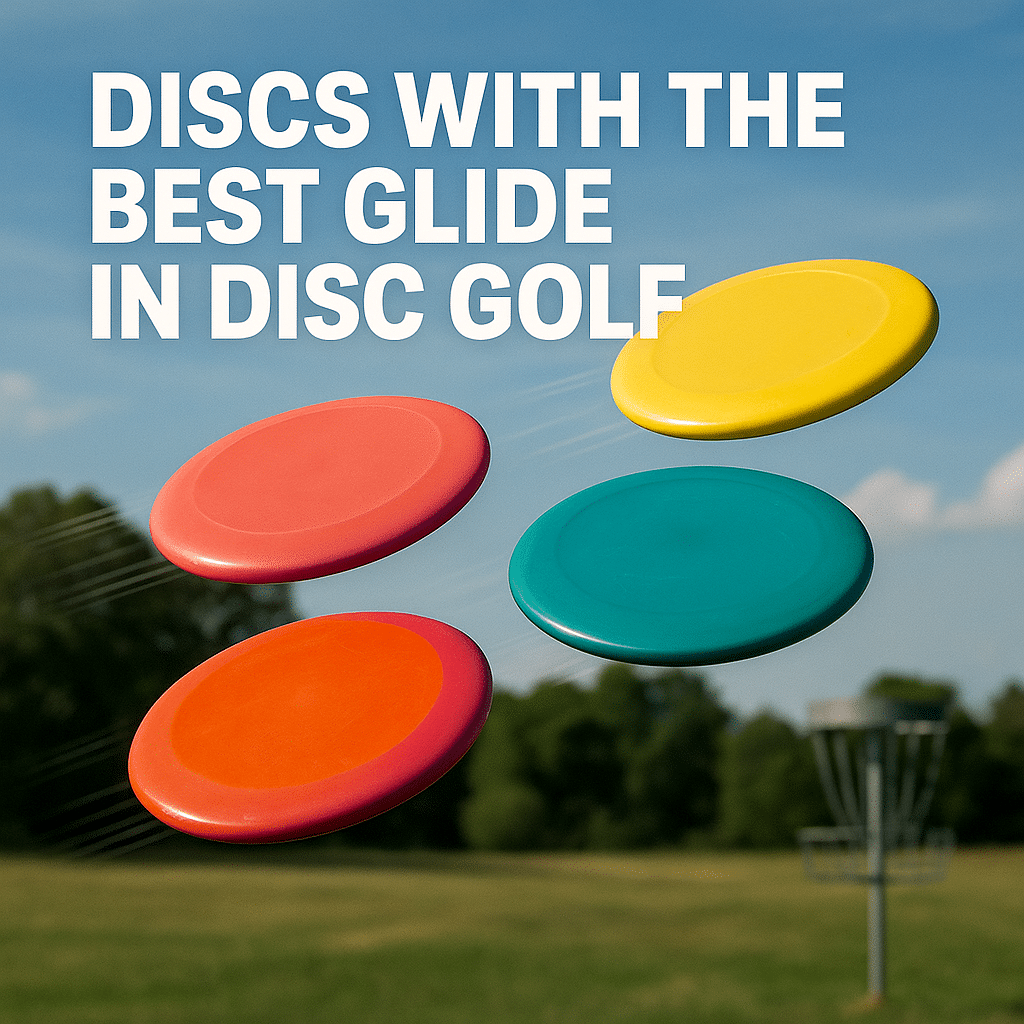

 The
The  The
The  The
The 